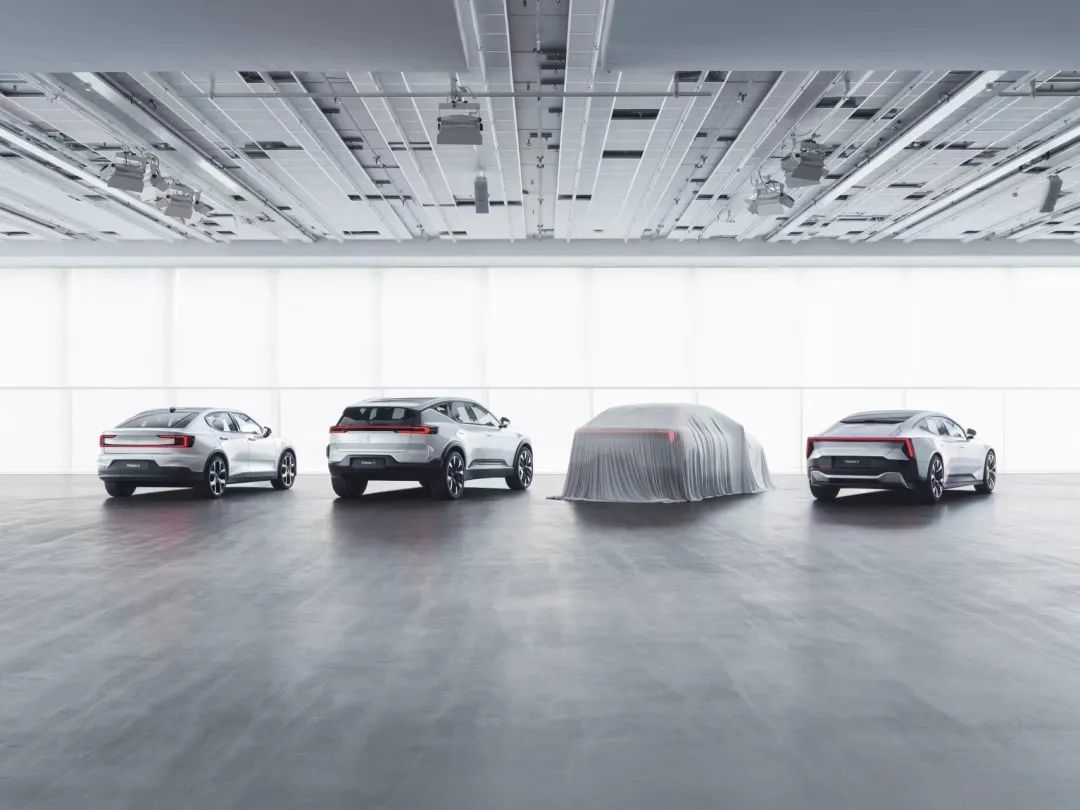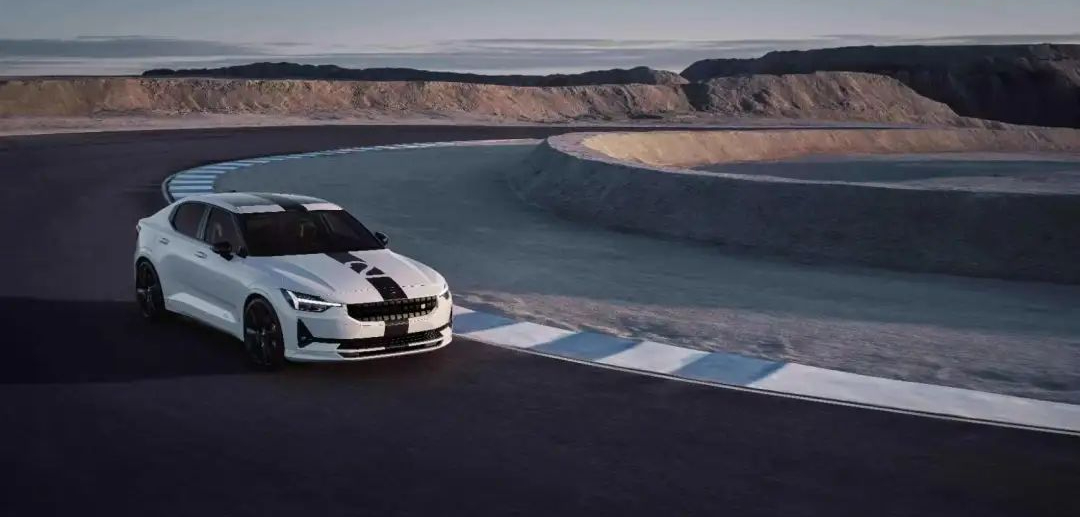This article is authorized to be reproduced from Traveler, created by the Transportation Industry Group of Caixin, written by Pinat.
When it comes to ecological environment and carbon reduction, cars are key. However, due to the lack of effective reference standards, people do not know whether the electric vehicles they are driving are truly environmentally friendly.
The world is facing the same heatwaves, and there is only one Earth. As record-breaking high temperatures are sweeping across the entire northern hemisphere, the reduction of carbon emissions and the mitigation of climate anomalies are becoming more important than ever.
The amount of carbon emissions from cars has a profound impact on the global environment and economy. Promoting new energy vehicles is the most powerful measure for achieving carbon neutrality in road transportation.
As in the movie “Don’t Look Up” starring Leonardo Di Caprio, in the face of a disruptive survival challenge, people cannot remain indifferent and must take action.
Business is a force, and consumption is a choice. Nowadays, people need a truly environmentally friendly electric car that aligns with their environmental ideals.
The hot northern hemisphere and the urgent need for electrification of cars
Going outside feels like stepping into an inferno, it’s hot enough to make you cry. The residents of the northern hemisphere should have similar feelings at this time. The north of China has been experiencing high temperatures, with local temperatures reaching over 40 degrees Celsius, while in some European countries, temperatures have broken meteorological records for the same period of June.
As we approach the summer solstice, the instability of the global climate system is on the rise, resulting in extreme weather that is said to occur once in decades or even centuries.
According to Nalis, the spokesperson of the World Meteorological Organization, heat waves are coming earlier due to climate change. If greenhouse gas emissions continue to rise, the degree of global warming will be even greater, and what we are currently experiencing is only a “sign of the future.”
Energy conservation and carbon reduction have become particularly necessary. According to the IPCC report released in April 2022, the global transportation sector emitted 8.9 billion tonnes of carbon dioxide equivalent in 2019, accounting for about 15% of the entire industry. However, due to the high cost of reducing emissions, the transportation sector is one of the more difficult sectors to reduce emissions. Therefore, in the medium and long-term, promoting new energy vehicles is the most effective measure for achieving carbon neutrality in road transportation.
China has proposed the “3060 dual-carbon strategy” to promote sustainable social development. The “Notice on Printing and Distributing the Action Plan for Peaking Carbon Emissions before 2030” issued by the State Council also proposed that by 2030, the proportion of newly added vehicles powered by new energy and clean energy should reach about 40%.
“In my opinion, this is a solemn commitment and responsibility of building a community with a shared future for mankind,” said Li Shufu, Chairman of Geely Holding Group. “The automotive industry has an obligation to act.”
The zero-carbon plan that rivals the moon landing, with public transparency allowing the public to become evaluatorsIn November last year, the 26th United Nations Climate Change Conference (COP26) was held in Glasgow, marking the first contractual party meeting after the Paris Agreement entered into force. The Glasgow Haulage Emissions Declaration was born, and several automobile companies have committed to gradually phasing out gasoline-powered cars between 2035 and 2040. As a car company that has taken carbon neutrality and zero carbon emissions as its standard from the very beginning, Polestar has always been at the forefront of the industry and played an important role in promoting this declaration. Earlier, Polestar announced the “Polestar 0 Plan”- to produce carbon neutral cars before 2030.
Low-carbon has become the industry consensus, but what indicators should be used to measure effectiveness? It is worth noting that electrification of automobiles does not necessarily mean absolute low-carbon environmental protection. Yang Yusheng, academician of the Chinese Academy of Engineering, once told reporters that some long-endurance high-speed electric vehicles are not environmentally friendly, and have been fined overseas due to power consumption problems.
At the aforementioned COP26, Polestar CEO Thomas Ingenlath called on the automobile industry to accelerate the climate neutrality process in the field of transportation and increase industry transparency in order to achieve the long-term global goal of climate neutrality. “Electrification of automobiles is a good start, it is a small step towards achieving climate neutrality in the field of transportation, but it is even more important to establish a sustainable value chain loop from start to finish.”
It is especially necessary to think about energy conservation and emission reductions from the perspective of the entire lifecycle. Polestar takes the whole process from conception to completion into consideration and puts forward the Lifecycle Carbon Assessments (LCA) method. Engineers wring out every towel at each node to minimize carbon emissions.
Interestingly, as a new force in car manufacturing, Polestar has adopted a variety of cutting-edge methods, such as using blockchain technology to trace the key elements in batteries for recovery and reuse, supporting new technologies, and using new aluminum materials to reduce carbon emissions in battery shell manufacturing. With these methods, Polestar is driving the transformation and upgrading of the entire supplier chain.
One of the reasons why Polestar’s products have received so much attention since their launch is the design element. For Polestar, design is the mainstay of the brand, not just in terms of visual presentation. Design thinking can better utilize technology and techniques to establish communication between brands or products and users.# Car Models and User Experience
In March of this year, Polestar unveiled its second concept car, the O2, which not only features classic sports car design proportions but also incorporates a more concise and modern electric style. To address the issue of engine noise after opening the convertible top, the company has targeted improvements to minimize these disturbances. The interior features simplified recyclable materials to reduce weight and prevent waste. In addition, the chassis labels different types of aluminum for efficient recycling in the future.
Polestar 2, launched in 2020, has received over 100 international awards in the automotive industry, including several significant awards in design, sustainability, and innovation.
The company’s focus on people, not just their products, sets them apart. “His greatest attribute is that he is a very visionary person,” says Nathan Forshaw, President of Polestar China and Asia Pacific who has worked with CEO Thomas Ingenlath for many years. As a designer, he can create unique products, and as the CEO of a company, he makes sure that the company is highly unique. He often sees things that others do not, helping everyone break out of conventional thinking paths.
Building a climate-neutral car requires a supply chain transformation that’s comparable to a revolution. It’s no wonder that it’s called the “Moon Landing Project” within Polestar.
However, with the right steps in place, you will feel the “Power Echoing in the Wind.” Polestar is receiving support from more and more friends as it develops climate-neutral cars, such as Swedish steel company (SSAB), Hydro, ZF, ZKW, and Autoliv, to explore together.
“Consumers are more inclined to choose green and sustainable models,” Nathan Forshaw told reporters. Customers can now see and touch environmentally friendly products and fulfill their inner aspirations for sustainability. He explained that the carbon footprint of the products the company produces is the benchmark indicator.
With a benchmark, the above question is no longer mysterious. In 2021, every Polestar car sold reduced greenhouse gas emissions by 6 percent, setting an example for the industry.
 ## Dual-Drive of Environmental Protection and Business
## Dual-Drive of Environmental Protection and Business
Enterprises that aspire to sustainable development of the environment also need to achieve sustainable development in business. In my opinion, Polestar is exploring a dual-drive road of environmental protection and business for the industry.
Nathan Fosho believes that the trend of automotive energy transformation is very rapid, and consumers are constantly making choices. At the same time, consumers’ willingness to trace sustainability will become stronger and stronger. Presenting real and transparent information to consumers will bring more commercial value to Polestar.
Business is a force, and consumption is a choice. Each purchase is like a vote to build the future world. On the one hand, consumers’ awareness of supporting ecological and environmental protection is gradually awakening; on the other hand, capital parties who see the future and have responsibilities have already taken the lead.
In September 2021, Polestar announced a business merger agreement with Gores Guggenheim and sought to list on Nasdaq. The merged company will be named “Polestar Automotive Holding UK Limited,” and the stock code will be “PSNY.”
Enter the arena with due diligence and combine knowledge with action. Polestar’s existing investors include Volvo Group and Li Shufu, Chairman of Geely Holding Group, as well as well-known actor Leonardo DiCaprio.
Polestar is not a start-up company fighting alone. With Geely Holding and Volvo Group as solid backing, Polestar inherits Volvo’s century-old engineering experience, especially the inheritance of safety technology, and also shares Geely Holding’s industrial advantages and resources, including procurement/manufacturing/logistics and other aspects of collaborative advantages.
In the capital market, Polestar has unique advantages. It is the only global high-end pure electric vehicle brand under Geely Group, competing with Tesla; in terms of product type and brand operation orientation, it competes with Porsche. The two leading brands before and after the electric vehicle era have become the benchmark for evaluating Polestar.
Polestar will launch three new models in the next three years: Polestar 3, Polestar 4, and Polestar 5, positioning against Porsche Cayenne, Macan, and Panamera, respectively.

Polestar also possesses the advantages of both traditional and new forces and is the only pure electric vehicle brand in the world that is mass-produced and globally supplied by China, rooted in the Chinese market.
What’s special is that Polestar has a strong leverage property, which can efficiently use capital and production capacity, and maintain strong flexibility. Specifically, Polestar can share the car platform developed by Geely with Volvo, which can not only accommodate the latest car technology, but also save a lot of R&D costs.Meanwhile, the economies of scale of Geely and Volvo on a global scale make Polestar more robust in the supply chain, which can reduce costs and ensure production and supply stability under complex supply chain changes. This avoids the common problems of production adaptation difficulty, expensive procurement, and quality assurance for new car manufacturing powers.
Additionally, Polestar can take advantage of Geely’s technological innovation and transformation. According to the author’s understanding, a self-driving drone is installed behind the rear seats of the Polestar 02 concept car, which can take off and shoot perfect driving scenes for drivers to share on the road. This concept drone is developed in collaboration with Aerofugia’s consumer electronics brand, Hoco Flow, in which Geely has invested.
By accelerating the launch of new products and expanding into the global market, it is expected to achieve a global sales volume of 290,000 units by the end of 2025. Since the beginning of 2022, Polestar has received more than 32,000 orders, an increase of 290% compared to the same period in 2021, reaching a historic high.
In the scorching heat, those with a clear mind have already begun to make choices.

This article is a translation by ChatGPT of a Chinese report from 42HOW. If you have any questions about it, please email bd@42how.com.
